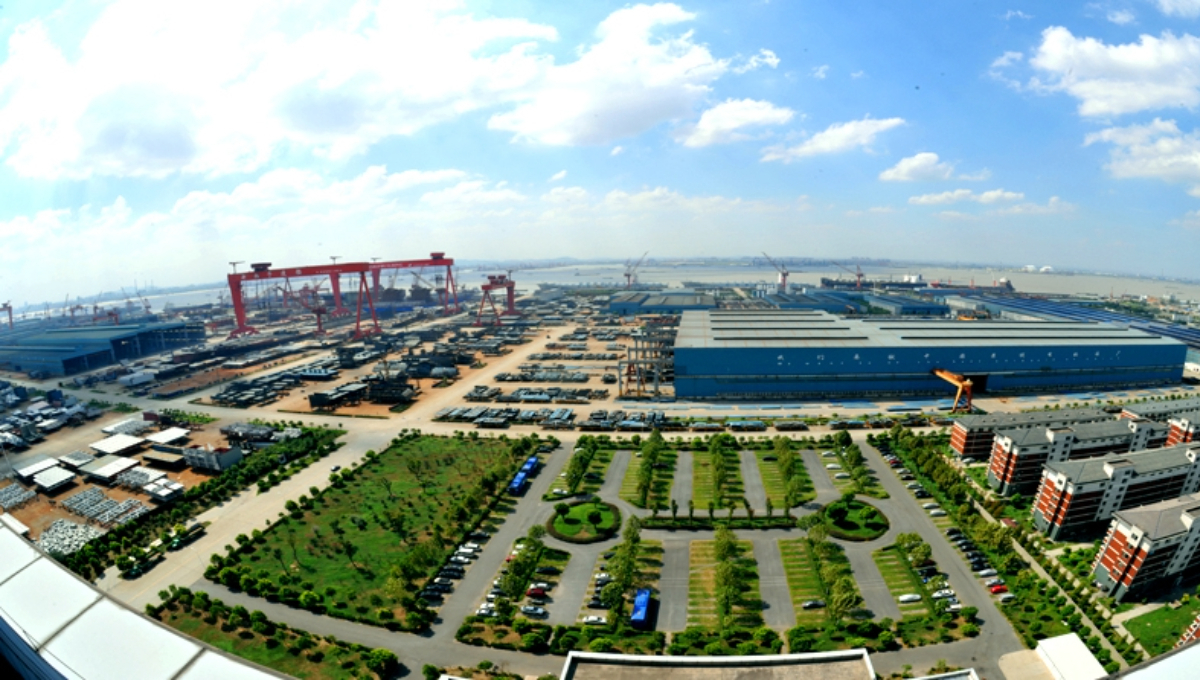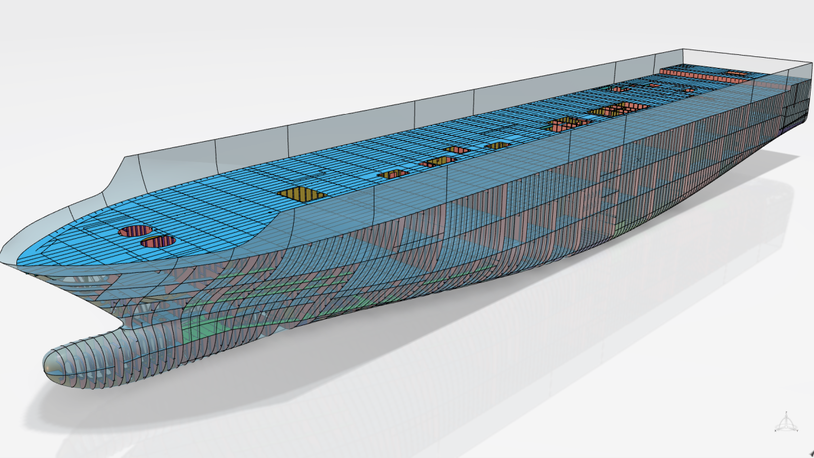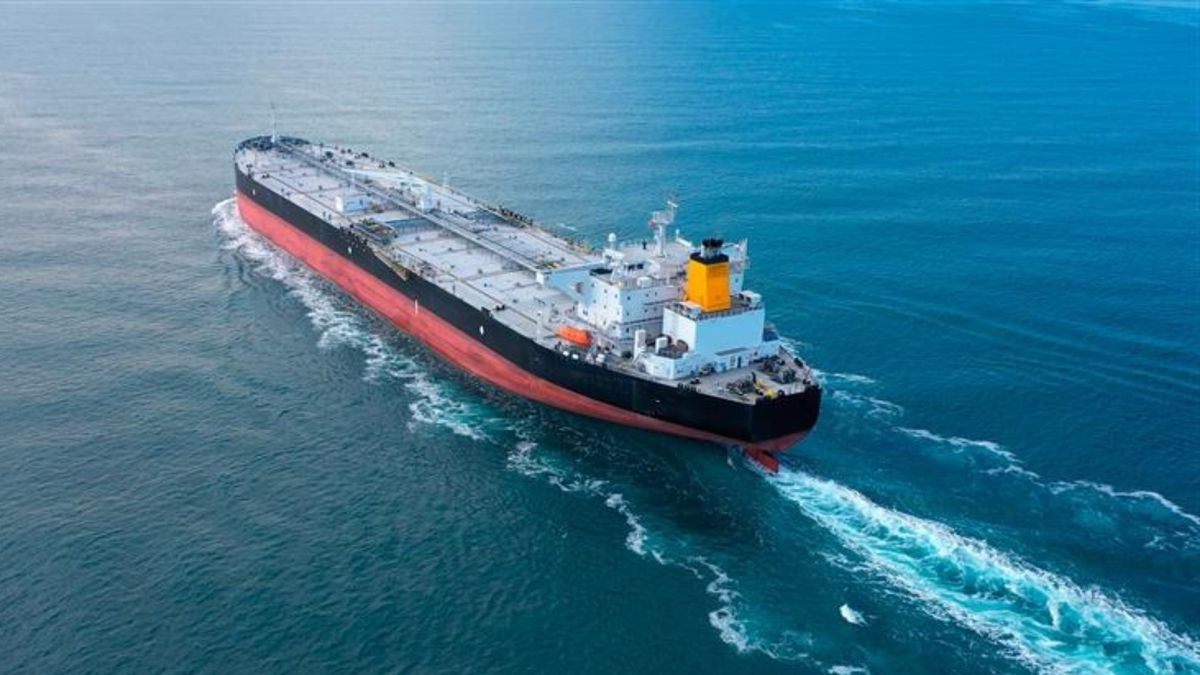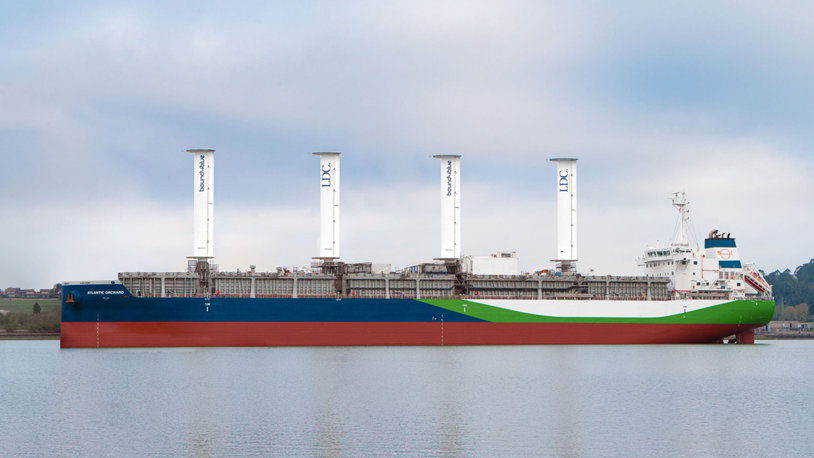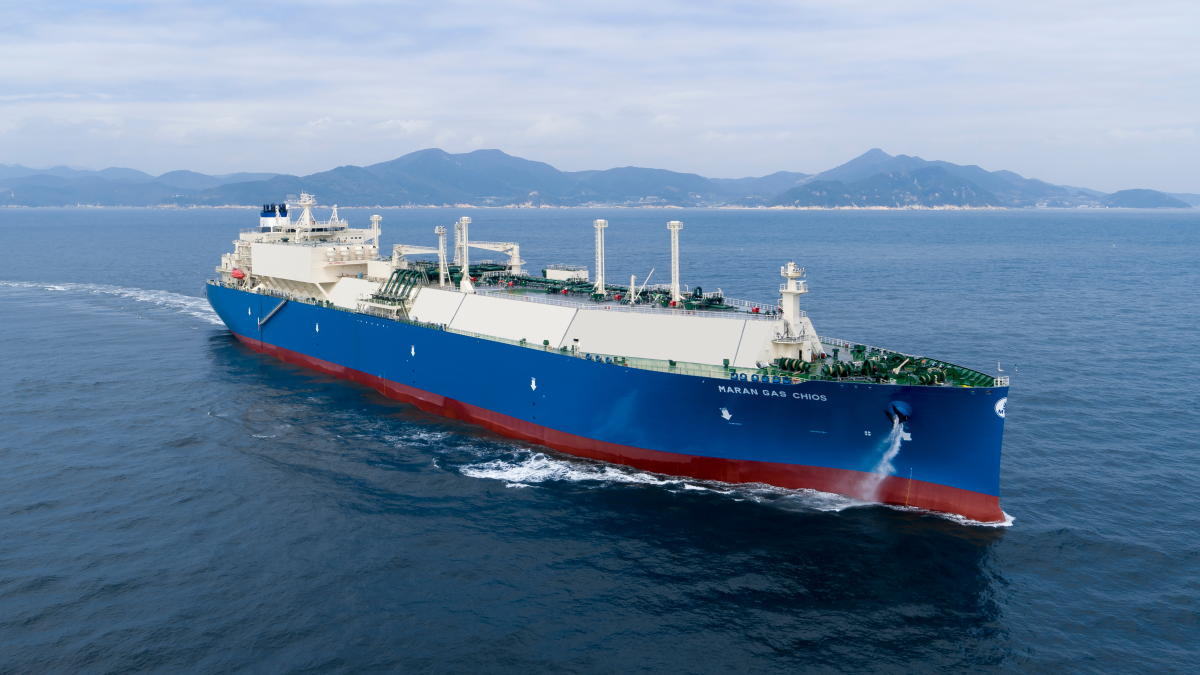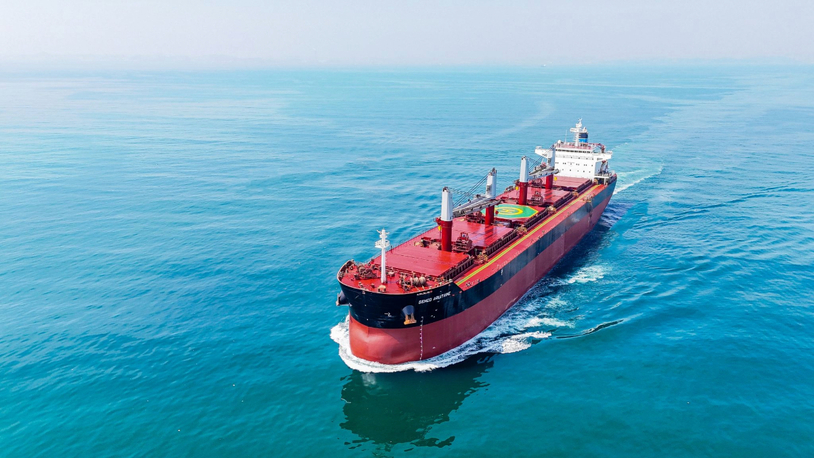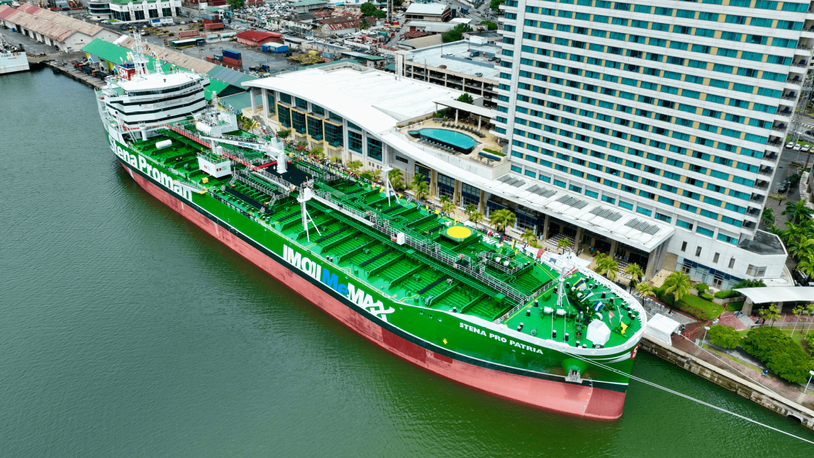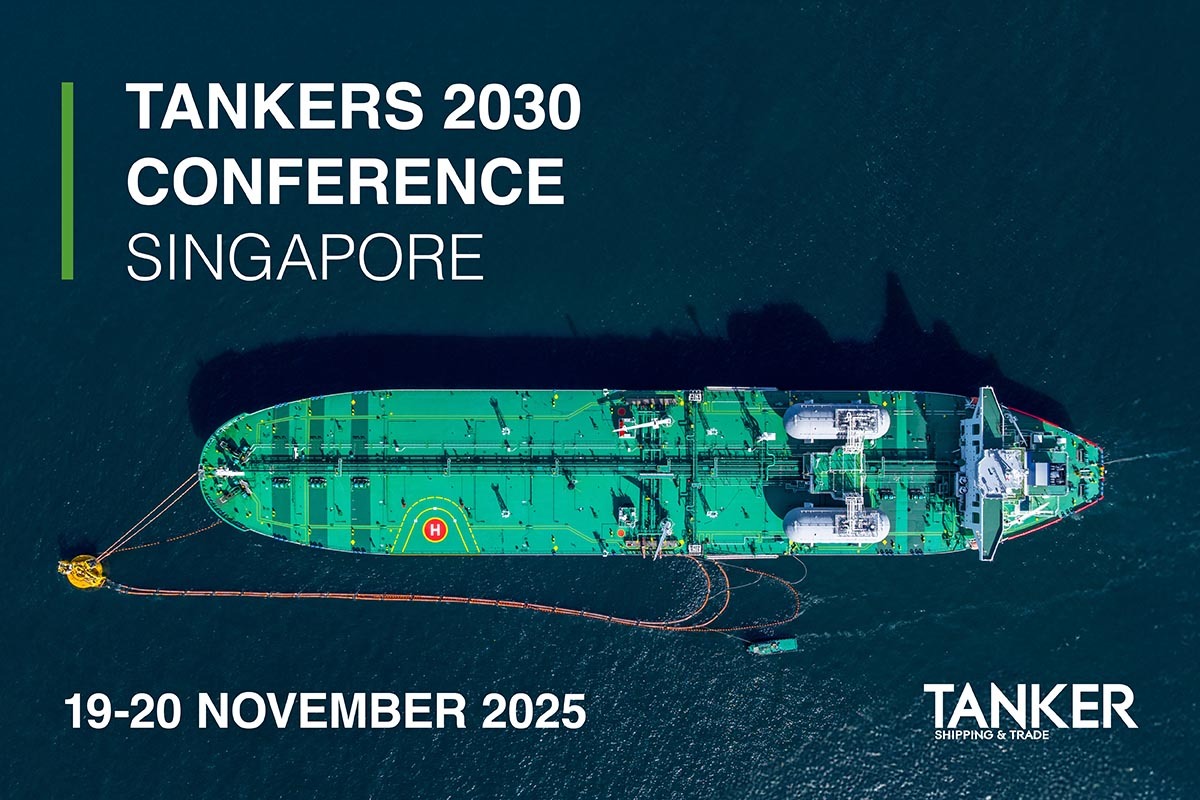Business Sectors
Contents
Register to read more articles.
These shipyards drive China's dominance in the global shipbuilding industry
"Today, there is no type of ship that China cannot build," states BRS Shipbrokers in its 2025 annual review, underscoring the country’s unrivaled position in the global shipbuilding industry
China has entered a new phase of expansion, set to add approximately 200 more vessels per year to global shipbuilding capacity.
Analysts have examined China’s shipbuilding landscape, highlighting the growing market share of its leading shipyards and a major expansion wave initiated in 2024. This wave includes investments aimed at increasing capacity, reopening dormant shipyards, and welcoming new market entrants.
According to BRS, China’s total shipbuilding output rose by 12% in 2024, reaching 47.8M dwt. The orderbook-to-yearly output ratio hit a record 5.5 for the year, up from 3.8 in 2023 and 3.2 in 2022. Analysts note that "most Chinese shipyards are fully booked for the next three to four years, with no delivery slots available before the end of 2028."
In 2024, China led shipbuilding orders across all segments, including bulk carriers, tankers, and container vessels. The only exception was the LNG carrier sector, where South Korea continues to dominate, though analysts are questioning how long this will last.
Top five shipbuilders
BRS data reveals that the top five Chinese shipbuilding groups held 69% (179.9M dwt) of the country’s orderbook in 2024, while their combined share of the global orderbook surged from 33% in 2023 to 46.5% in 2024.
At the forefront is China State Shipbuilding Corporation (CSSC), the world’s leading shipbuilding group, controlling 34.2% of the Chinese orderbook and 23.0% of the global orderbook, in dwt terms. Last year, CSSC secured new orders totaling 48.2M dwt, 3.2 times more than South Korea’s largest shipbuilding group, HD Hyundai.
New Times Shipbuilding and Yangzijiang, the two largest private shipbuilders in China, follow in second and third place, with orderbooks of 24.6M dwt and 23.4M dwt, respectively. In global rankings, this places them third and fourth in terms of total dwt. New Times accounted for 8.3% of global ship orders in 2024, while Yangzijiang held a 5.7% share.
Cosco Shipping Heavy Industry, which was previously China’s second-largest shipbuilding group, has now fallen to fourth place, with 8.8% of the domestic orderbook. On a global scale, it is the fifth-largest shipbuilding group, accounting for 5.9% of the world’s orderbook.
Hengli Shipbuilding rounds out China’s top five. This relatively new private yard, established by Hengli Group after acquiring the former STX Dalian facility, has secured an orderbook of 19.9M dwt in just two years, making it the sixth-largest shipbuilding group globally.
Leaders by ship type
Analysing each shipping segment individually, BRS Shipbrokers said Qingdao Beihai, a CSSC subsidiary, remains the leader in order backlog in the dry bulk market, with 15.2M dwt in tonnage, including 60 Newcastlemaxes and eight VLOCs.
New Times Shipbuilding leads the tanker sector, holding an orderbook of 12.6M dwt, with CSSC’s subsidiaries Dalian and SWS following closely behind. In the container vessel market, Yangzijiang continues to dominate, with 14.5M dwt of under-construction tonnage, representing 21.4% of China’s total container ship orderbook.
The LNG carrier sector, long limited to CSSC Hudong-Zhonghua, has seen significant expansion. With an orderbook of 60 vessels scheduled for delivery through 2031, Hudong-Zhonghua remains the leader. However, since 2022, four more companies, CSSC Dalian, CSSC Jiangnan, CMHI Jiangsu, and Yangzijiang, have entered the LNG carrier market, marking a shift in China’s capabilities.
Dominance in alternative-fuelled tonnage
Another defining feature of China’s shipbuilding sector is its increasing dominance in alternative-fuelled vessels. According to BRS, Chinese shipyards secured orders for 447 dual-fuel propulsion ships in 2024, up from 304 in 2023, excluding LNG carriers. This accounted for 76.9% of all dual-fuel ships ordered globally last year and 25.4% of all ships ordered in China.
Among the notable orders placed last year were 175 LNG dual-fuel and 31 methanol dual-fuel container vessels, along with 44 LNG DF and 18 methanol DF tankers, and 29 methanol DF bulk carriers.
Meanwhile, South Korea and Japan secured 13.4% and 3.4%, respectively, of the global dual-fuel orders.
Expansion wave to add 200 ships annually
Amid this surge in newbuilding activity, China has entered a new phase of shipbuilding expansion, nearly 20 years after the boom that first propelled it to global dominance. Once completed, this expansion is expected to add approximately 200 more ships per year to global shipbuilding capacity.
Analysts have identified eight newly opened or reopened shipyards, six existing shipbuilding groups that have initiated major capacity expansions, and two yards that previously served only domestic owners but have now entered the international market with fresh orders.
BRS Shipbrokers warns that uncontrolled expansion could pose risks to the industry, potentially leading to market instability. Another scenario is that China’s rapid growth may come at the detriment of Japan and South Korea, whose market shares have declined in recent years. However, this expansion could also serve to boost overall global shipbuilding capacity rather than merely shifting market share.
With geopolitical tensions remaining high, analysts note that "leaders are rediscovering the importance of shipping and shipbuilding." As a result, governments across key shipbuilding nations are resisting shipyard closures in an effort to preserve what they see as a strategic industry.
Connect with industry leaders across the Asian and Middle Eastern maritime sectors through Riviera’s premium events. Located conveniently in Singapore, we provide unparalleled access to the heart of the Asian maritime market.
Related to this Story
Events
International Bulk Shipping Conference 2025
Tankers 2030 Conference
Maritime Navigation Innovation Webinar Week
© 2024 Riviera Maritime Media Ltd.


